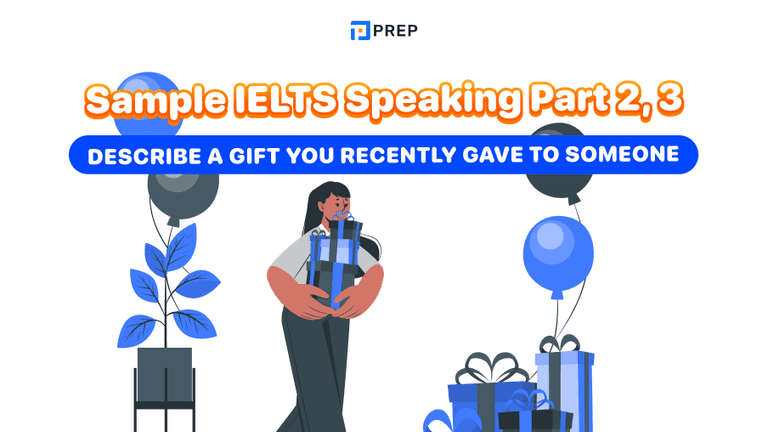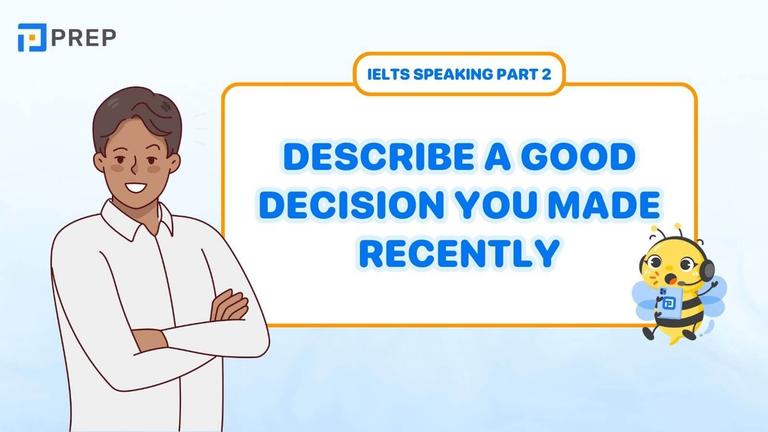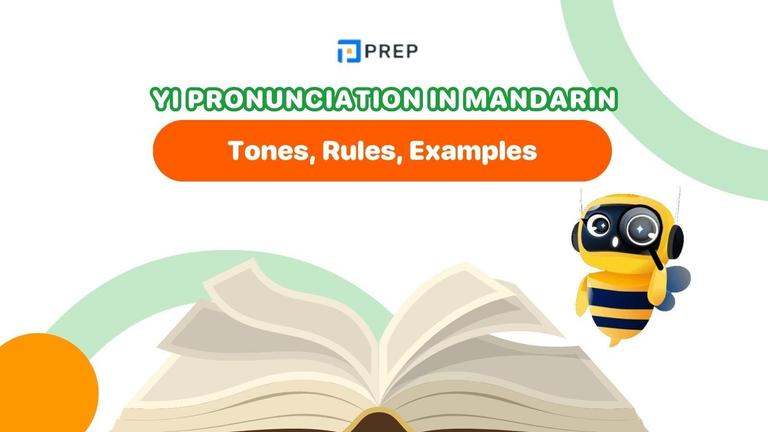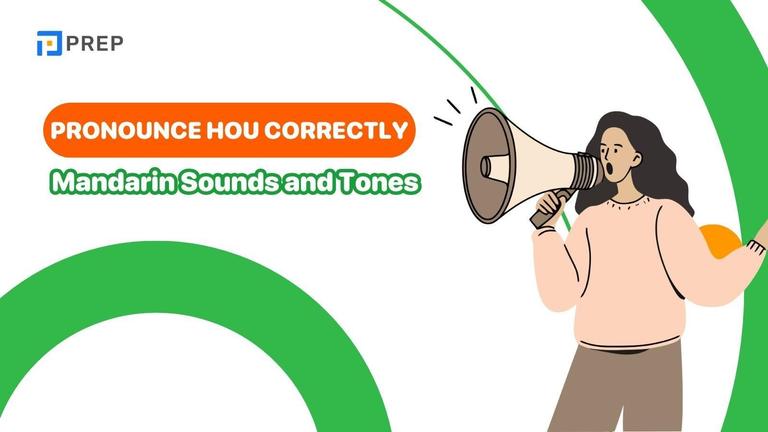IELTS Reading Tips and Tricks: The Ultimate Guide to Boost Your Score
The IELTS Reading section can feel overwhelming, but with the right IELTS reading tips and tricks, you can transform this challenge into success. These comprehensive IELTS reading tips provide proven IELTS reading strategies and practical techniques that will boost your confidence and significantly improve your reading score.
- I. First Things First: Build Your Core Reading Superpowers
- II. Crack the Code: Smart Strategies for Every IELTS Reading Question Type
- 1. Multiple Choice Questions (MCQs): Spotting the Right Answer (and the Traps!)
- 2. True/False/Not Given (or Yes/No/Not Given): The Tricky Trio
- 3. Matching Tasks (Headings, Information, Features, Endings): Making the Perfect Pair
- 4. Completion Tasks (Sentence, Summary, etc.): Filling in the Blanks Accurately
- 5. Short Answer Questions: Quick and to the Point
- III. Master Your Time & Test Day: Game-Winning Tactics
- IV. Steer Clear of Common Pitfalls: Don't Let These Derail You!
- V. Your Path to IELTS Reading Success: Practice, Persist, and Perform!

I. First Things First: Build Your Core Reading Superpowers
Master these fundamental reading skills that form the foundation of IELTS Reading success. These core IELTS reading tips will serve you across all question types and make every technique more effective.
1. Skim Like a Pro: Get the Main Idea in Seconds
Skimming helps you grasp the general meaning and structure of texts without getting lost in details. Focus on titles, headings, topic sentences, and emphasized text to understand what each passage is about before tackling questions. Pro tip: Spend only 2-3 minutes skimming each passage to save valuable time later.
2. Scan with Precision: Hunt Down Specific Info Fast
Scanning allows you to locate specific information quickly by searching for particular names, dates, numbers, or keywords. Let your eyes move rapidly across the text while keeping target information in mind, ignoring irrelevant details. Pro tip: Visualize exactly what you're looking for before you start scanning.
3. Read for Detail: When You Need to Understand Everything
Use detailed reading selectively for complex questions requiring complete comprehension. Slow down to understand every sentence, paying attention to connecting words and subtle meanings. Reserve this technique for crucial text sections only. Pro tip: Use detailed reading for no more than 1-2 paragraphs per passage.
4. Boost Your Vocabulary: Words Are Your Weapons
Strong vocabulary directly impacts comprehension speed and accuracy. Focus on Academic Word List vocabulary, practice identifying synonyms and paraphrases, and develop skills for guessing word meanings from context. Pro tip: Keep a topic-organized vocabulary notebook and review it regularly with common synonyms.
II. Crack the Code: Smart Strategies for Every IELTS Reading Question Type
Each question type has specific patterns and optimal strategies. Master these IELTS reading strategies to improve efficiency and accuracy dramatically.
1. Multiple Choice Questions (MCQs): Spotting the Right Answer (and the Traps!)
Read the question stem and options first, then scan to locate relevant sections. Eliminate obviously wrong answers and watch for distractors that use familiar passage words but twist the meaning through subtle changes.
2. True/False/Not Given (or Yes/No/Not Given): The Tricky Trio
True/Yes means the statement agrees with the text, False/No means clear contradiction, and Not Given means information isn't mentioned. These IELTS reading test tips require basing answers solely on what's explicitly stated in the text. Crucial tip: Don't use general knowledge or assumptions beyond what's written.
3. Matching Tasks (Headings, Information, Features, Endings): Making the Perfect Pair
For headings, identify each paragraph's main idea first. For other matching, scan for specific details and verify connections through careful reading. Pay attention to paraphrasing, as options often use different vocabulary than the original text.
4. Completion Tasks (Sentence, Summary, etc.): Filling in the Blanks Accurately
Read incomplete text for context, predict what information fits grammatically, then scan for relevant sections. Copy words exactly from the text and respect word limits strictly to avoid spelling errors.
5. Short Answer Questions: Quick and to the Point
Identify question keywords, scan for corresponding information, and use words directly from the text. Ensure answers directly address what's asked while staying within the word count limit.
III. Master Your Time & Test Day: Game-Winning Tactics
Effective time management and test strategies maximize performance under pressure and prevent preventable mistakes. These reading tips and tricks for IELTS focus on practical test-day execution.
1. The 60-Minute Countdown: Smart Time Allocation
Allocate approximately 20 minutes per passage, reserving 5 minutes for transferring answers. Start with the most manageable passage and don't spend more than 1-2 minutes on difficult questions. Key tactic: Check time regularly and prioritize confident answers over uncertain ones.
2. Question First or Passage First? Finding Your Flow
Experiment with both approaches during practice to find your preference. Many successful test-takers use a hybrid method: quick skim for context, then read questions to focus detailed reading on relevant sections.
3. Handling Unknown Words: Don't Panic!
Determine if understanding unknown words is crucial for answering questions. Use context clues, word parts, and logical connections to guess meanings, or look for synonyms elsewhere in the text.
4. The Final Check: Transferring Answers & Review
Transfer answers carefully, double-checking question numbers and answer formats. Review uncertain questions if time permits, but avoid changing answers unless confident about errors. Ensure all questions are answered.
With these strategies mastered, awareness of common pitfalls will help you avoid unnecessary mistakes that could impact your score.
IV. Steer Clear of Common Pitfalls: Don't Let These Derail You!
Avoid these frequent mistakes that significantly impact IELTS Reading performance.
Running out of time often results from spending too long on difficult questions. Practice with strict time limits and learn when to move on strategically.
Misinterpreting questions leads to extracting correct information from wrong contexts. Always read questions carefully and ensure answers address the specific question asked.
The "Not Given" trap confuses students who can't distinguish between contradiction and missing information. Remember: False/No requires clear text contradiction, while Not Given means information cannot be confirmed.
Panic disrupts strategic thinking and undermines your IELTS reading tips and tricks preparation. Develop calming techniques like deep breathing and positive self-talk to maintain composure when facing challenging passages or time pressure.
V. Your Path to IELTS Reading Success: Practice, Persist, and Perform!
These powerful IELTS reading tips and tricks become truly effective when combined with consistent practice and determined effort. Your success journey follows a clear progression: mastering core skills through IELTS reading tips, applying targeted IELTS reading strategies, developing test management techniques, and avoiding common pitfalls.
Use official IELTS materials for the most accurate practice experience. Track your progress, noting which strategies work best for different passages and questions. Adjust your approach based on strengths and improvement areas.
Believe in your ability to achieve your target score through dedicated preparation and strategic application of these proven IELTS reading tips and tricks. The combination of smart preparation, effective IELTS reading strategies, and confident execution will unlock your full IELTS Reading potential and help you achieve the score needed for your goals. Your success begins with implementing these IELTS reading tips and tricks and committing to consistent practice that transforms good strategies into excellent results.

Hi I'm Chloe, and I am currently serving as an Product Content Administrator at Prep Education. With over five years of experience in independent online IELTS study and exam preparation, I am confident in my ability to support learners in achieving their highest possible scores.
Comment
Premium content
View allPersonalized roadmap
Most read












